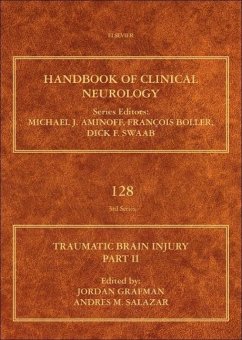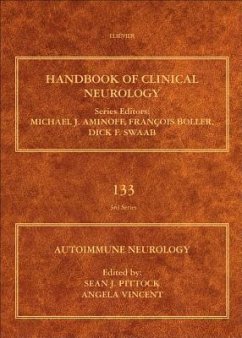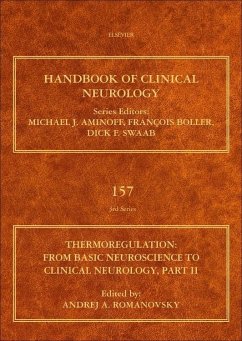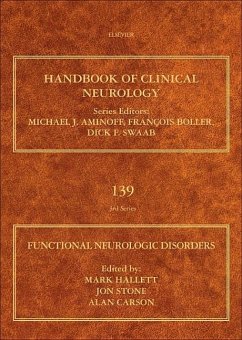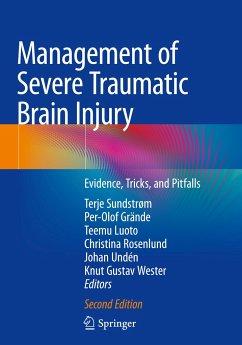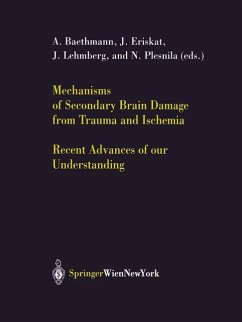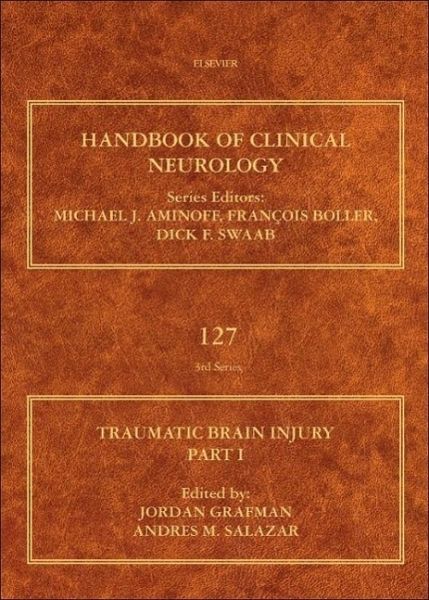
Traumatic Brain Injury, Part I
Volume 127
Herausgegeben: Grafman, Jordan H.; Salazar, Andres M.

PAYBACK Punkte
81 °P sammeln!
The Handbook of Clinical Neurology volume on traumatic brain injury (TBI) provides the reader with an updated review of emerging approaches to traumatic brain injury (TBI) research, clinical management and rehabilitation of the traumatic brain injury patient. Chapters in this volume range from epidemiology and pathological mechanisms of injury, and neuroprotection to long-term outcomes with a strong emphasis on current neurobiological approaches to describing the consequences and mechanisms of recovery from TBI. The book presents contemporary investigations on blast injury and chronic traumati...
The Handbook of Clinical Neurology volume on traumatic brain injury (TBI) provides the reader with an updated review of emerging approaches to traumatic brain injury (TBI) research, clinical management and rehabilitation of the traumatic brain injury patient. Chapters in this volume range from epidemiology and pathological mechanisms of injury, and neuroprotection to long-term outcomes with a strong emphasis on current neurobiological approaches to describing the consequences and mechanisms of recovery from TBI. The book presents contemporary investigations on blast injury and chronic traumatic encephalopathy, making this state-of-the-art volume a must have for clinicians and researchers concerned with the clinical management, or investigation, of TBI.




